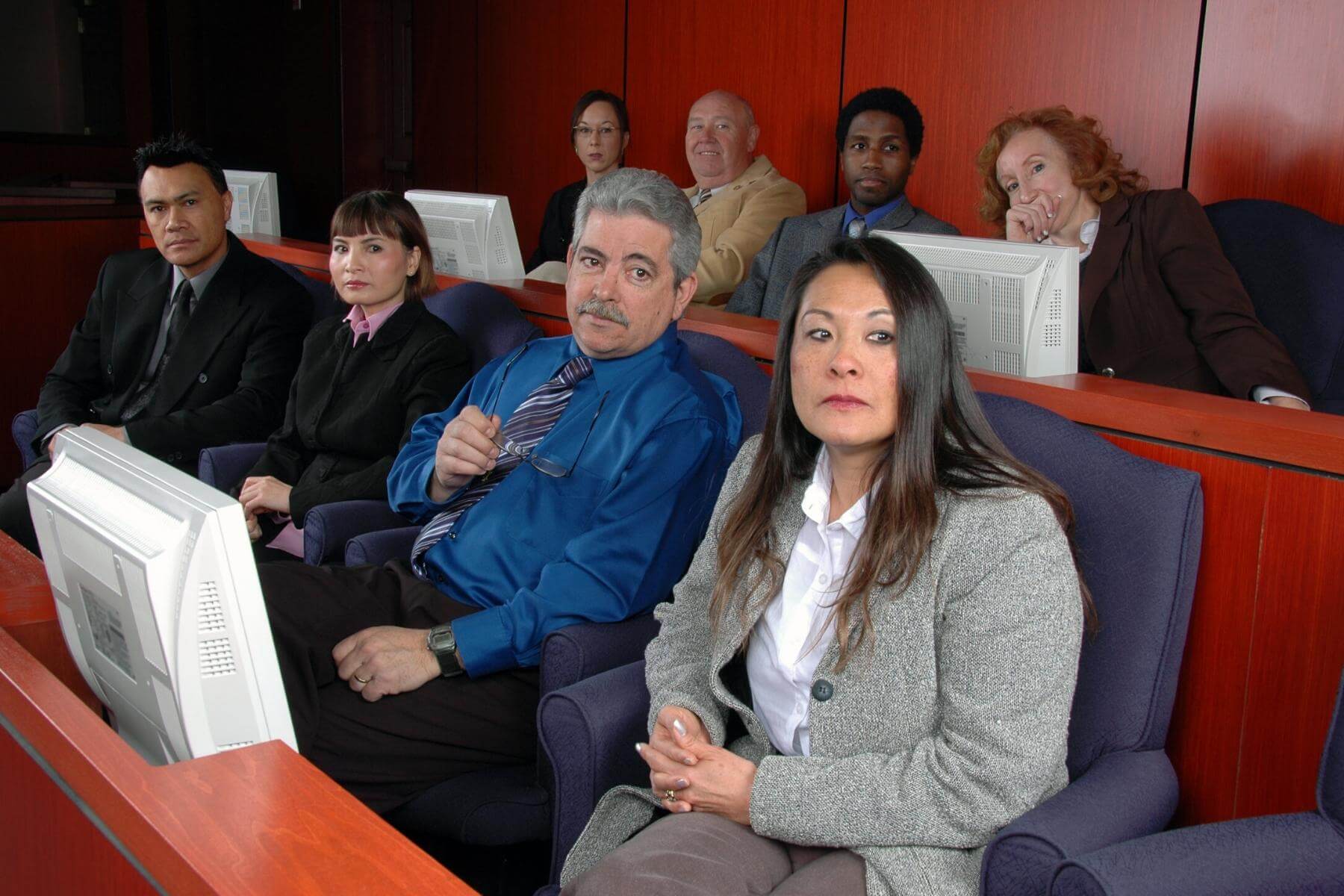Winning cases often depends on well-prepared trial presentations designed for impact.
Winning cases often depends on well-prepared trial presentations designed for impact.
Blog Article
How Test Presentations Enhance Your Debate and Persuade Jurors
Trial discussions serve as an essential system for boosting legal disagreements and encouraging jurors. By integrating aesthetic help, narrative structures, and emotional interaction, attorneys can create a compelling instance that resonates on multiple degrees. The critical use visuals not just makes clear complex info yet also catches jurors' attention better than words alone. The art of narration plays a similarly vital duty in transforming factual evidence into an engaging story, forming jurors' assumptions. Comprehending these elements can substantially affect trial results, elevating the concern of exactly how each component adds to this detailed dynamic.

Value of Aesthetic Help
Aesthetic help play an important role in enhancing the performance of test presentations, as they can dramatically enhance target market engagement and retention of information. In the context of a test, where jurors are tasked with handling complicated info, aesthetic help serve to simplify and make clear bottom lines. Graphes, graphs, and pictures can communicate information and principles that might otherwise overwhelm or confuse jurors, permitting for a much more uncomplicated understanding of the evidence offered.
Additionally, visual aids help in keeping juror attention throughout the process. By damaging the monotony of spoken testimony, these devices can punctuate crucial arguments, making them extra memorable. Effective visual aids can likewise stimulate psychological actions, which can be essential in persuading jurors to straighten with the speaker's narrative.

Crafting Engaging Stories
A compelling narrative is important in trial presentations, as it works as the foundation of reliable persuasion. It permits attorneys to weave together truths, proof, and psychological components into a coherent tale that resonates with jurors. This narrative framework allows jurors to understand the complexities of the instance while leading them with the attorney's argument.
To craft an engaging narrative, lawyers should concentrate on quality and coherence. This involves developing a clear lead character-- often the client-- and outlining their journey with the events in inquiry. Presenting the realities in a rational sequence improves understanding and maintains engagement. Additionally, using dazzling descriptions can produce psychological pictures that assist jurors picture the events, making the narrative a lot more unforgettable.
Additionally, integrating key styles throughout the discussion strengthens the core message and help in retention - trial presentations. The narrative needs to not only convey info yet also evoke a sense of justice, highlighting the stakes entailed. Eventually, a well-constructed narrative fosters a link between the jurors and the case, placing the attorney's disagreement as both qualified and engaging, thus enhancing the chance of a favorable verdict

Engaging the Court Mentally
Effective jury involvement pivots on the lawyer's ability to get in touch with jurors on an emotional degree. This connection can significantly affect jurors' understandings and their utmost decision-making. Using sob stories enables lawyers to humanize the case, transforming abstract lawful principles into relatable experiences. By providing real-life tales read this post here or reviews, lawyers can stimulate compassion and compassion, cultivating a much deeper understanding of the issues at stake.
Aesthetic help, such as pictures or video clips, can better improve emotional engagement, giving jurors with vibrant representations of the situation's human aspects. Crafting a narrative that highlights the battles and accomplishments of the people involved guarantees that jurors see beyond the legal arguments and acknowledge the human official site effects of their choices.
A lawyer's enthusiastic shipment can resonate with jurors, strengthening their emotional investment in the case. It's important to stabilize emotional appeals with valid proof, guaranteeing that jurors really feel forced to act while remaining based in the reality.
Structuring Your Discussion

The body of the presentation ought to be realistically segmented into vital factors, each supported by engaging evidence. It is beneficial to use storytelling methods to weave facts right into a story that jurors can conveniently follow. Aesthetic aids, such as charts and videos, can enhance comprehension and engagement, helping to highlight vital pieces of evidence.
Real-World Situation Studies
Analyzing real-world instance researches provides very useful insights into the art of trial presentations and persuasion. The defense team properly used a method that combined prominent specialist testimonies with multimedia presentations, which captivated jurors and eventually affected their decision.
One more remarkable example is the "McDonald's Coffee Situation," where the complainant's lawyers made use of graphic pictures of the injuries suffered by Stella Liebeck. trial presentations. This raw aesthetic evidence played a crucial role in communicating the intensity of her burns, causing a substantial hop over to these guys jury honor. Such situations show that impactful trial presentations usually depend upon the effective combination of visuals and storytelling to evoke psychological actions from jurors
Furthermore, the "Casey Anthony Test" highlighted the importance of narrative coherence and trustworthiness. The prosecution's failure to develop an engaging timeline diminished their convincing power, emphasizing the requirement of a well-structured discussion. Assessing these instances discloses that successful trial discussions require calculated planning, psychological engagement, and the capability to reverberate with jurors' values and beliefs.
Final Thought
Trial discussions considerably improve arguments and persuade jurors through the tactical use of visual aids, compelling stories, and emotional engagement. A well-structured discussion balances psychological allures with factual evidence, ultimately resonating with jurors' values.
Report this page